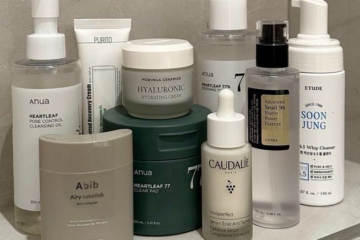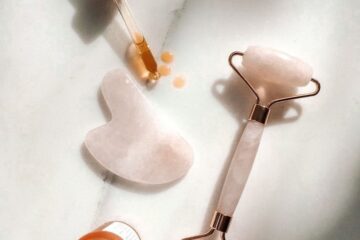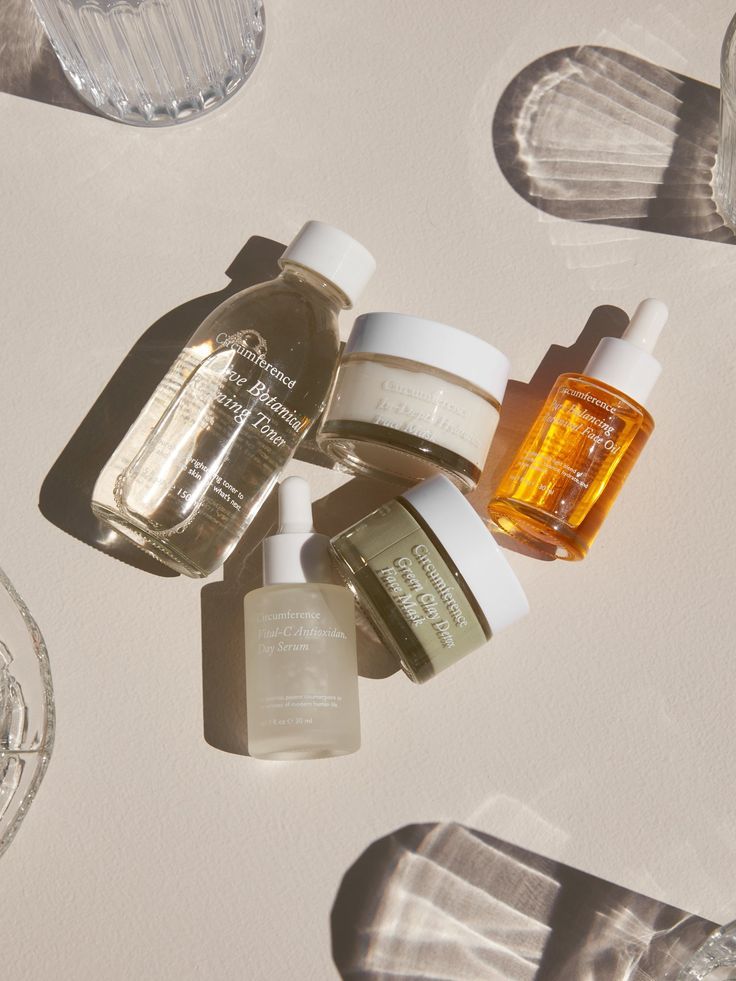Korean beauty, more commonly referred to as K-Beauty, has taken the skincare world by storm. From glass skin to multi-step routines, it has become synonymous with innovative products, glowing complexions, and an entirely new approach to skincare. But is the hype around K-Beauty truly justified? Let’s dive deep into the trends, benefits, and realities of this global phenomenon to determine if it’s worth all the buzzes.
What is K-Beauty?

K-Beauty refers to skincare and beauty products emanating from South Korea, based on the philosophy of getting healthy, glowing skin. In contrast to Western beauty, which primarily aims to cover imperfections, Korean beauty focuses on prevention, hydration, and natural enhancement. This has introduced novel products and ideas worldwide, such as sheet masks, essences, and ampoules.
Why is K-Beauty so in Vogue?

- Innovative Products: Korean Beauty brands are known for their innovative formulation. Snail mucin, propolis, and Centella Asiatica, among others, were popularized by Korean brands, which also set new trends in skincare.
- Affordable Price: Despite quality formulations, products from K-Beauty brands usually come at a fraction of the cost of a luxury Western brand, making it accessible to many.
- Aesthetic Appeal: From pastel-colored packaging to quirky designs, K-Beauty products are undeniably Instagram-worthy, appealing to younger consumers.
- Holistic Approach: The K-Beauty philosophy focuses on skin health rather than temporary fixes. It’s about long-term care, hydration, and nourishment, which resonates with a growing consumer base looking for sustainable beauty solutions.
Breaking Down the 10-Step Routine
A hallmark of Korean Beauty is the 10-step skincare routine. Here’s what it typically involves:
- Oil-Based Cleanser: Washes off the makeup, sunscreen, and excess oil.
- Water-Based Cleanser: Deeply penetrates the pores.
- Exfoliation: Strips away dead skin cells and gives a silky feel.
- Toner: Tones the skin to prepare for better absorption of subsequent products.
- Essence: Hydrates and repairs the skin.
- Serum/Ampoule: Treats concerns such as acne or pigmentation.
- Sheet Mask: Gives intensive hydration and nutrient supply.
- Eye Cream: Treats fine lines and dark circles under the eyes.
- Moisturizer: Locks in moisture for the skin.
- Sunscreen: Protects against harmful UV rays.
Although not everyone has to use all ten steps, the flexibility of the routine enables users to modify it according to their skin’s needs.
Power Ingredients in K-Beauty
It has popularized a number of powerhouse ingredients that have become staples in skincare routines worldwide:
- Snail Mucin: Hydrating and repairing, it is perfect for soothing irritated skin.
- Centella Asiatica (Cica): A calming herb that reduces redness and promotes healing.
- Niacinamide: Vitamin B3 in its purest form that helps to brighten and even out the skin tone.
- Propolis: Antibacterial and antioxidant bee byproduct.
- Hyaluronic Acid: Hydration superstar that plumps up the skin.
The Disadvantages of K-Beauty
- Overwhelming Choices: Too many brands and products, so one doesn’t know where to begin.
- Overindulgence: The emphasis on multi-step routines may promote overindulgence and waste.
- Skin Sensitivities: Some products may contain fragrances or essential oils that can irritate sensitive skin.
- Cultural Misunderstandings: The marketing of K-Beauty sometimes perpetuates unrealistic beauty standards, such as the obsession with “glass skin.”
Is K-Beauty Sustainable?
One criticism of this, is its environmental impact. The rise of sheet masks, often single use, contributes to waste. However, many brands are addressing these concerns by introducing:
- Biodegradable sheet masks
- Refillable packaging
- Clean beauty initiatives
Sustainability-conscious consumers should look for brands that align with their values.
Is K-Beauty Right for You?

Before diving into the world of K-Beauty, consider the following:
- Your Skin Type: Understanding your skin’s needs is crucial to choosing the right products.
- Your Budget: While affordable, trying multiple products can add up over time.
- Your Lifestyle: A 10-step routine may not be practical for everyone. Opt for a simplified version if needed.
Popular K-Beauty Brands to Try
- COSRX: Famous for minimalist, effective products addressing acne and sensitive skin.
- Innisfree: Environmentally friendly skincare inspired by Jeju Island.
- Laneige: Known for its hydrating Water Sleeping Mask.
- Etude House: A fun brand with budget-friendly options.
- Sulwhasoo: Luxurious products steeped in traditional Korean herbal ingredients.
The Verdict: Is K-Beauty Worth the Hype?

Korean Beauty is not just a trend; it is a movement that has redefined global skincare. Its focus on innovation, affordability, and long-term skin health makes it a valuable addition to any routine. However, like any beauty trend, it is essential to approach it mindfully. Not every product will work for everyone, and sustainability should be a consideration when exploring new options.
Ultimately, the decision to embrace K-Beauty depends on your individual skincare goals and values. Whether you’re seeking hydrated, glowing skin or simply looking to enjoy the journey of self-care, it offers plenty to explore—and perhaps, to fall in love with.
Amazing Benefits of Face Massage & Tools
Stylish and Comfortable Travel Outfits: The Ultimate Guide for Amazing Fashionistas



0 Comments